What's New
Displaying results 1701 - 1710 of 4922
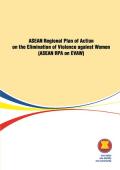
Resource | Guidelines,
The ASEAN Committee on Women (ACW) is an ASEAN sectoral body established in 1976. Its mandate is to implement, coordinate and monitor the implementation of ASEAN’s key regional priorities and cooperation on women’s issues.
Violence against women (VAW) is a violation of human rights which is a form of discrimination against women. It is a manifestation of historically and structurally unequal power relations and inequalities between women and men, which prevail in all countries and which impacts all aspects of the victim’s private and public life. VAW violates human rights and fundamental freedoms of women limits their access to control over and ownership of resources, and impedes the full development of their potential.

Resource | Guidelines,
ASEAN Member States (AMS) have a policy of zero tolerance for any form of violence against children (VAC). The ultimate goal of this plan is therefore the elimination of all forms of VAC in the AMS.
The elimination of VAC is a challenge in all countries and in every society, race, class and culture. It is a violation of human rights, upheld in the Convention on the Rights of the Child which prescribes that every child has the right to survive, grow and be protected from all forms of violence. All children have the right to be respected for their human dignity, physical and psychological integrity and to equal protection.

Resource | Publications,
The aim of the report is to document participation efforts and outcomes across countries, and highlight differences and constraints identified to date. In this first GLASS report data vary considerably in terms of completeness, so no attempt was made to compare AMR status at a regional or global level. However, as GLASS and country participation evolves, the data reported will help understand surveillance capacities and mechanisms of reporting across countries in all regions, and will inform further GLASS development.
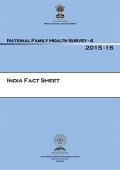
Resource | Fact Sheets,
The National Family Health Survey 2015-2016 (NFHS-4), the fourth in the NFHS series, provides information on population, health and nutrition for India and each State / Union territory. NFHS-4, for the first time, provides district-level estimates for many important indicators.
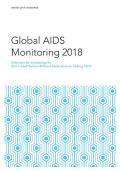
Resource | Guidelines,
The purpose of this document is to provide guidance to national AIDS programmes and partners on the use of indicators to measure and report on the country response.
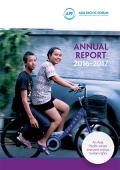
Resource | Publications,
The Asia Pacific – the world’s most populous and diverse region – is in a state of enormous flux, with many vulnerable people whose fundamental human rights are under grave threat. Conflict and insecurity have led millions of people to flee across borders in recent years, forced from their homes to seek safety but often left in precarious and exploitative situations.
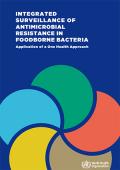
Resource | Publications,
The present guidance was developed with the support of the WHO Advisory Group on Integrated Surveillance of Antimicrobial Resistance (AGISAR) to assist countries and other stakeholders in the establishment and development of programmes of integrated surveillance of antimicrobial resistance in the foodborne bacteria (i.e., bacteria commonly transmitted by food) by taking a One Health approach. This guidance document replaces the previous version published in 2013.

Resource | Guidelines,
These guidelines present evidence-based recommendations and best practice statements on the use of medically important antimicrobials in food-producing animals, based on the WHO list of critically important antimicrobials for human medicine (WHO CIA List). These guidelines aim primarily to help preserve the effectiveness of medically important antimicrobials, particularly those antimicrobials judged to be critically important to human medicine and also help preserve the effectiveness of antimicrobials for veterinary medicine, in direct support of the WHO global action plan on antimicrobial resistance.

Resource | Publications,
This report is an annual compilation of health performance including disease trends, key health indicator status such as sustainable development goals, mortality rates and national roadmap indicators on health.
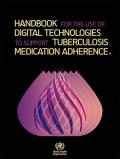
Resource | Publications,
TB patients and health-care providers are surrounded by information and communication technologies. They will be using these tools increasingly to obtain better care. However, in doing so they are often faced with basic questions, such as: Which application is best suited to my circumstances? What is the evidence for effectiveness? How do I implement it? Who will pay?





